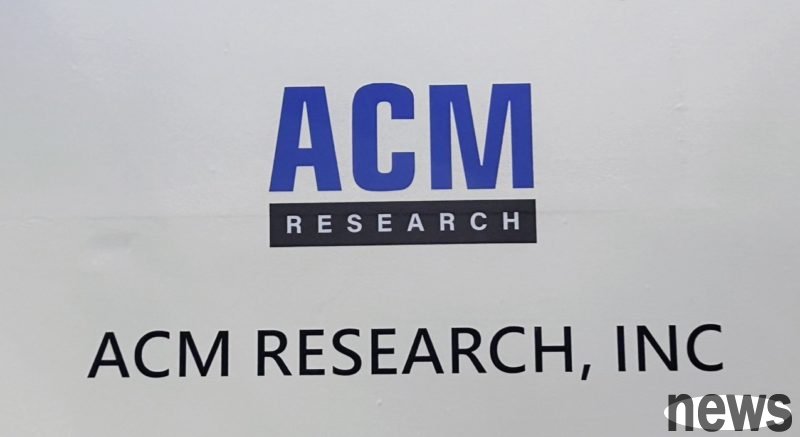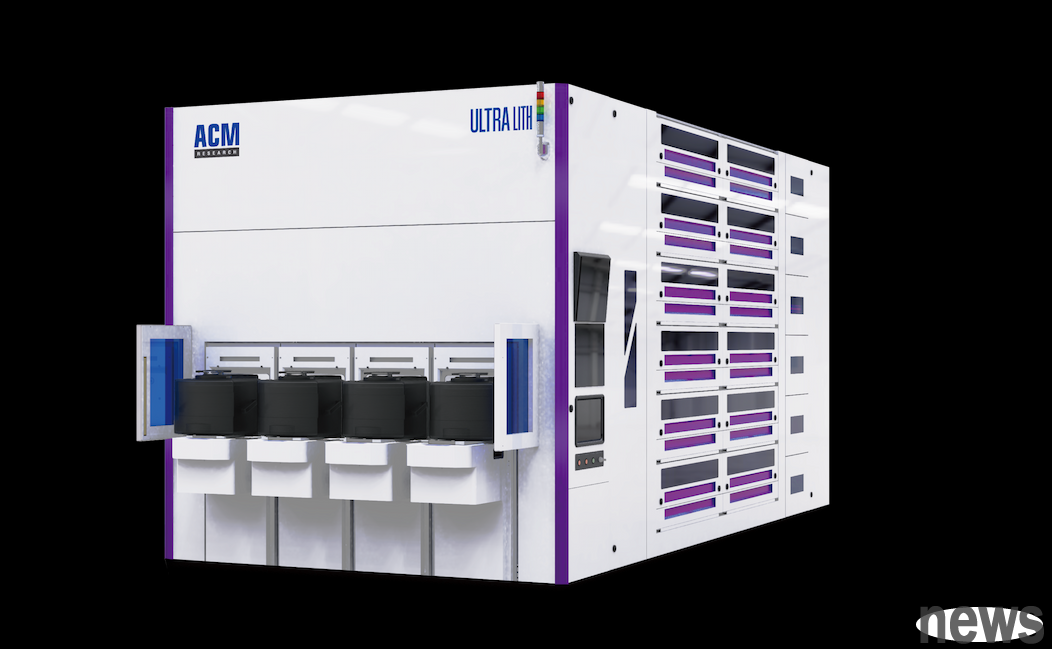
Shengmei Semiconductor Equipment announced today (18th) that it launched the first KrF process front-distance filming device Ultra Lith, designed to support semiconductor front-end manufacturing. The company pointed out that the first equipment system was delivered to major Chinese logical crystal manufacturers in September.
Shengmei Semiconductor pointed out that the latest equipment is an important expansion of the exposure series, with high-capacity, advanced temperature control technology, and real-time art control and monitoring functions, and is specially designed for mature process exposure applications. In addition, the equipment is mainly built on the ArF process front-end mirror display equipment platform, which has completed the processing technology verification at a major client in China at the end of last year.
The KrF system launched this time can evenly spread the secondary radius layer, with advanced temperature control technology and key size (CD) accuracy matching the ASML exposure machine.

Wang Xu, chairman of Shengmei Semiconductor Equipment, pointed out that KrF exposure technology is still the core process of mature production of zero-assembly parts. I believe that this type of equipment accounts for a large proportion of global semiconductor production and continues to grow. By simultaneously providing ArF and KrF art glossary imaging systems, Shengmei Semiconductors are realizing smooth crystalline factory integration efficiency in a more extensive application field and improving manufacturing flexibility.
Shengmei Semiconductor pointed out that the KrF craft plastic display Track equipment Ultra Lith uses a flexible craft die configuration, equipped with 12 rotary cavity and 12 movable cavity (12C12D), and is equipped with 54 blocks of heat plates that accurately control temperature, supporting low-temperature, medium-temperature and high-temperature processing, with excellent heat uniformity.
Shengmei Semiconductor stated that the equipment can produce more than 300 wafers per hour (WPH) and integrates the back particle removal module (BPRV) in the company's patent application to effectively reduce cross-contamination risks. In addition, the integrated wafer-level anomaly detection (WSOI) module enables real-time process deviation detection and yield anomaly monitoring, thereby improving process stability and production efficiency.
Extended reading: Challenge Hyper-NA EUV? Scientists try new B-EUV micro-film and CLD sedimentation, which is expected to overwrite future chip manufacturing Exceeded expectations! AI chip new Groq raises US$750 million, with a valuation of US$69 billion